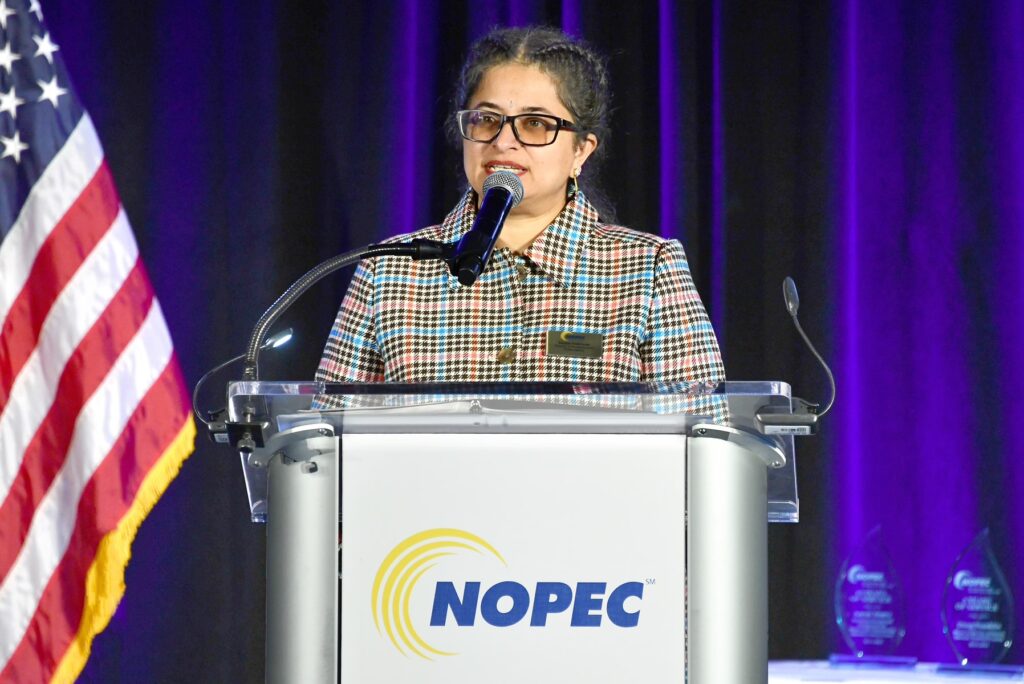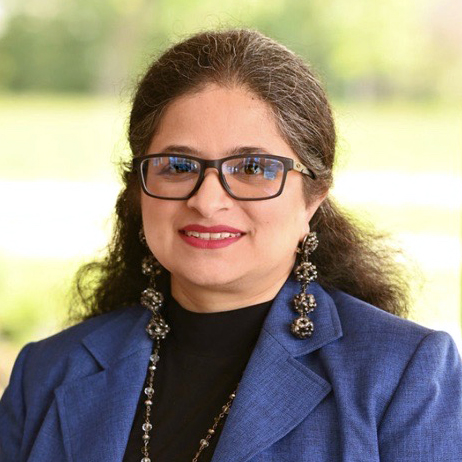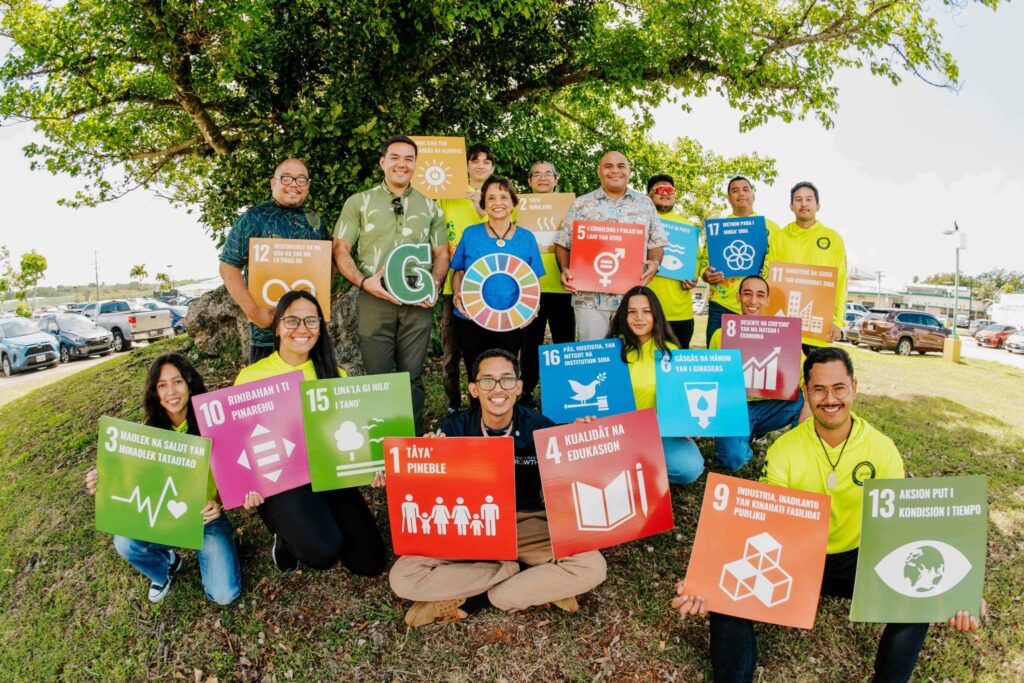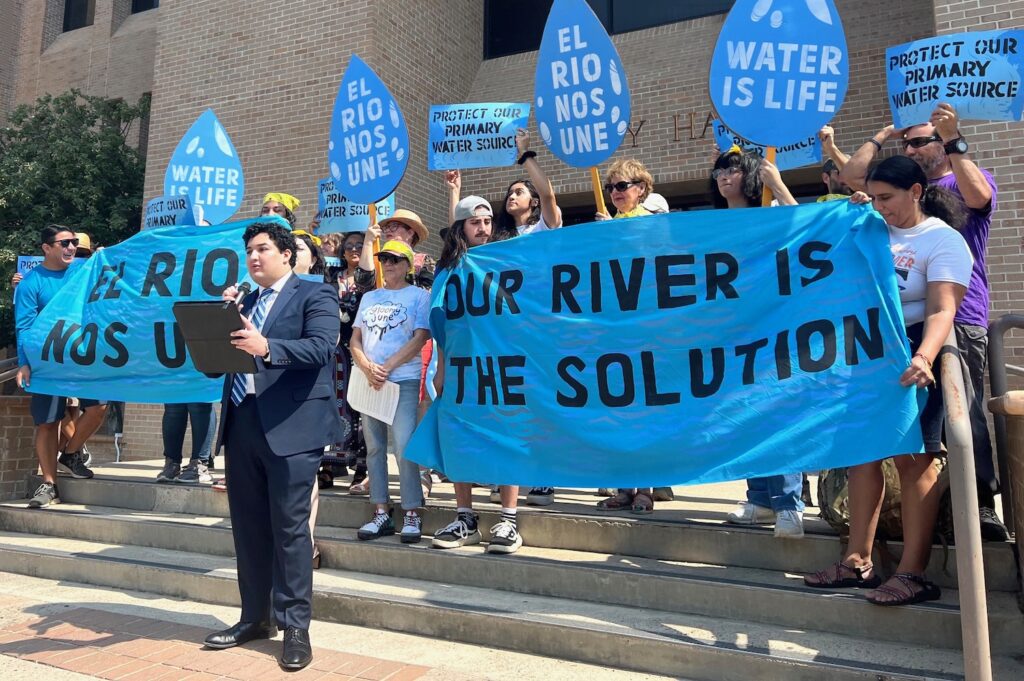Deepa Vedavyas first learned about the Sustainable Development Goals while working as an urban planner in Bangalore, India in 2018. The city, now home to more than 13 million people, was growing so fast at the time that nearly 75,000 new homes — and the infrastructure to support them — were needed every year to keep up with the ballooning population.
“It’s important to look through the telescope as well as through the microscope when you’re an urban planner,” she says, noting the need to have both a big picture goal and an understanding of the small details. “There really aren’t many frameworks that give you this level of nuance like the SDGs.”
When she relocated to Cleveland, Ohio (a homecoming after living there previously) she brought the SDG framework with her to the Mayor’s Office of Sustainability. Because for Deepa, the Goals are a powerful communication tool — one that easily transcends cities, even those as different as Bangalore and Cleveland.
“It’s about helping you communicate better and broadening your reach in terms of resources and partnerships,” she says, noting the Goals’ unique ability to drive collective action by bringing people together across sectors, institutions, and even job functions. “Who wouldn’t want that?”
A grant from the Mott Foundation, for example, mobilized a regional learning cohort that laid the groundwork for collective action and understanding of the framework across community foundations, local governments, and higher education institutions — momentum that ultimately positioned Cleveland as one of five global cities selected for the OECD’s Territorial Approach to the SDGs.
Now, as Director of Resiliency and Sustainability at the Northeast Ohio Public Energy Council (NOPEC), Deepa aligns the organization’s program areas to the SDGs. As the largest governmental energy aggregator in the country supplying natural gas and electricity to 245 cities and communities in Ohio, NOPEC provides about $4.5 to $6 million annually in grants to local governments — grants which Deepa mapped back to the Global Goals. By identifying the five Goals that NOPEC’s grants most strongly intersect with, she has a new story to tell about the breadth of the organization’s impact.
“Energy is a nexus area,” she says, explaining that the SDGs can help reveal where they are moving the needle at NOPEC and where there is intersectionality — and opportunity.
Throughout her career, Deepa has seen firsthand that success at the local level hinges on meeting communities where they are. Because although the SDGs are a communication tool, it matters how they are communicated.
She explains: “People understand hunger. But they don’t understand food insecurity. People understand what it’s like to not be able to pay energy bills. But they don’t understand energy poverty.”
Deepa credits the “high level of social connection” and “refreshing genuineness” of Clevelanders for the region’s ability to drive change, but maintains that the key to lasting success is approaching conversations with a “listening first” mindset.
“If people can connect with you, they will walk with you all the way.”
— Megan Rabbitt, United Nations Foundation





